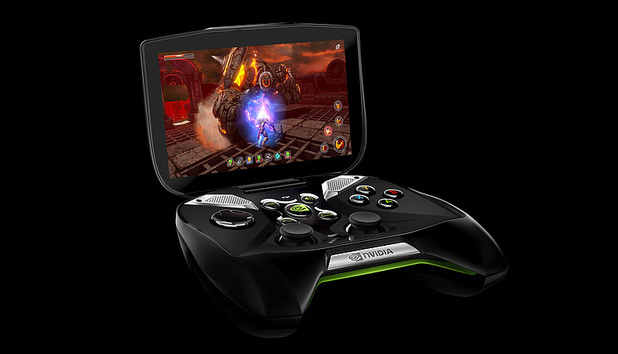This post has not been edited by the GamesBeat staff. Opinions by GamesBeat community writers do not necessarily reflect those of the staff.
With the impending launch of the Ouya and the revelation of Nvidia’s “Project Shield” — two Android-based consoles aiming to rope in hardcore gamers by putting a controller in their hands to play mobile software — I’m left wondering if Android, as a platform, will begin suffering an identity crisis as to what type of games it’s best suited to produce.
Android started life firmly in the mobile-touch games camp, following the paradigm Apple set with iOS and the iPhone. By virtue of Android being a more open operating system, it naturally got pulled in multiple directions at once. Some Android games began taking on the look and feel of console titles, especially when Nvidia began sticking its Tegra chips in phones and tablets.
Games like Shadowgun, which really put some console-quality flair on Android thanks to Tegra 3, were fine to play on a touch screen, but they begged for a controller. A few niche products followed that demand, and some Android tablets supported the use of Sony’s PlayStation 3 DualShock controllers as well as some PC gamepads.
Ouya, which was announced in 2012 and is due for launch in March, took the next logical step. It created a console box to run Android on your television and handed you its own proprietary controller for running the show.
Project Shield (not its final name, says Nvidia) builds a unified handheld gaming device with a screen that folds into what looks like a close cousin of an Xbox 360 controller. Powered by Nvidia’s newest powerhouse chip, Tegra 4, the handheld becomes its own console controller when you plug the device into your television.
With Tegra 4, Android platforms can build games that look like high-quality PC titles as evidenced by the recent Project Shield demonstration at the Consumer Electronics Show this year, which included a game demo of a mobile version of the PC mech shooter Hawken that didn’t appear to compromise much of the full experience. But these console or PC-quality games are going to appear on a platform largely regarded for distributing simple, touch-based mobile games.
Both Ouya and Project Shield address the presence of games with touch controls. Ouya’s controller has a built-in touch pad for players to input finger swipes and gestures during gameplay — the same as they would on a tablet or smartphone. Project Shield’s screen is, for all intents and purposes, a fully functioning 5-inch tablet, capable of running the full Android suite.
But that’s hardly the point.
If I know one thing about the gaming public, it’s that it needs a product with a strong identity to get interested. Strong identities come via games people really want to play. I don’t see that on Android. It’s always been a little too ubiquitous for its own good, and this is a major obstacle in the games industry, where players and developers tend to put themselves in distinct camps and refuse to budge for long periods of time. Ask anyone who would love to play a console version of Diablo III about it.
I see Ouya and Project Shield as attempts to establish homes for Android gaming and, at the same time, bring it closer to the types of console/PC software to which hardcore gamers are attracted. I don’t know if it will work because the console-quality Android games — largely found in Nvidia’s TegraZone substore — are scant. It’s maybe worth giving the $99 Ouya a go, but Project Shield is a tougher sell if its price point gets too far above $199 (Nvidia hasn’t announced a firm price as of this writing).
More power to Ouya and Nvidia as they venture on, but I wouldn’t be surprised if they end up with rough drafts in a larger plan to establish Android as a serious gaming platform.




